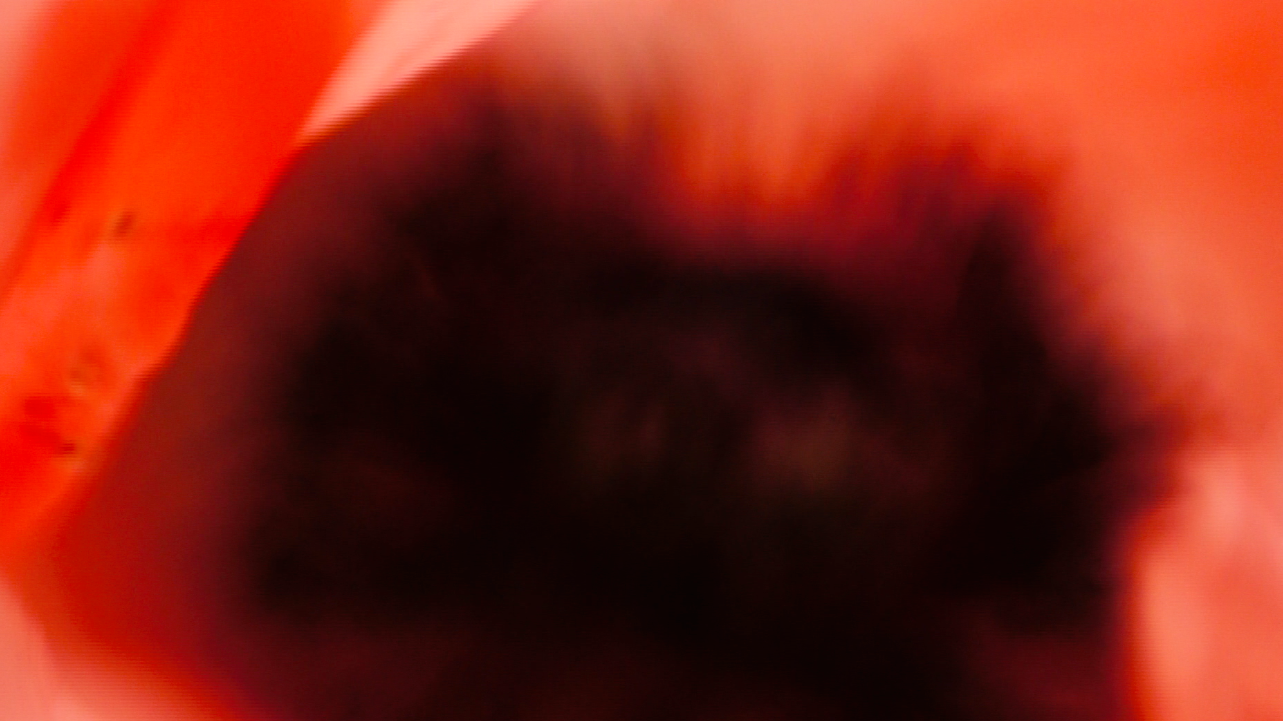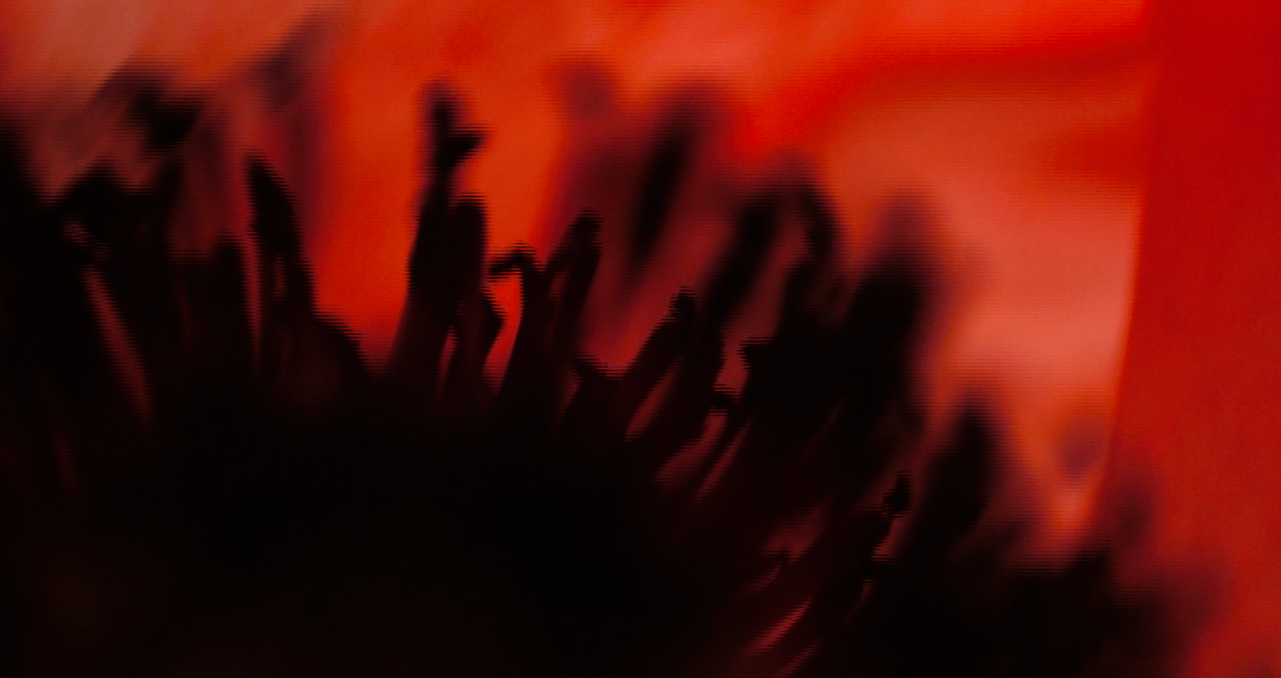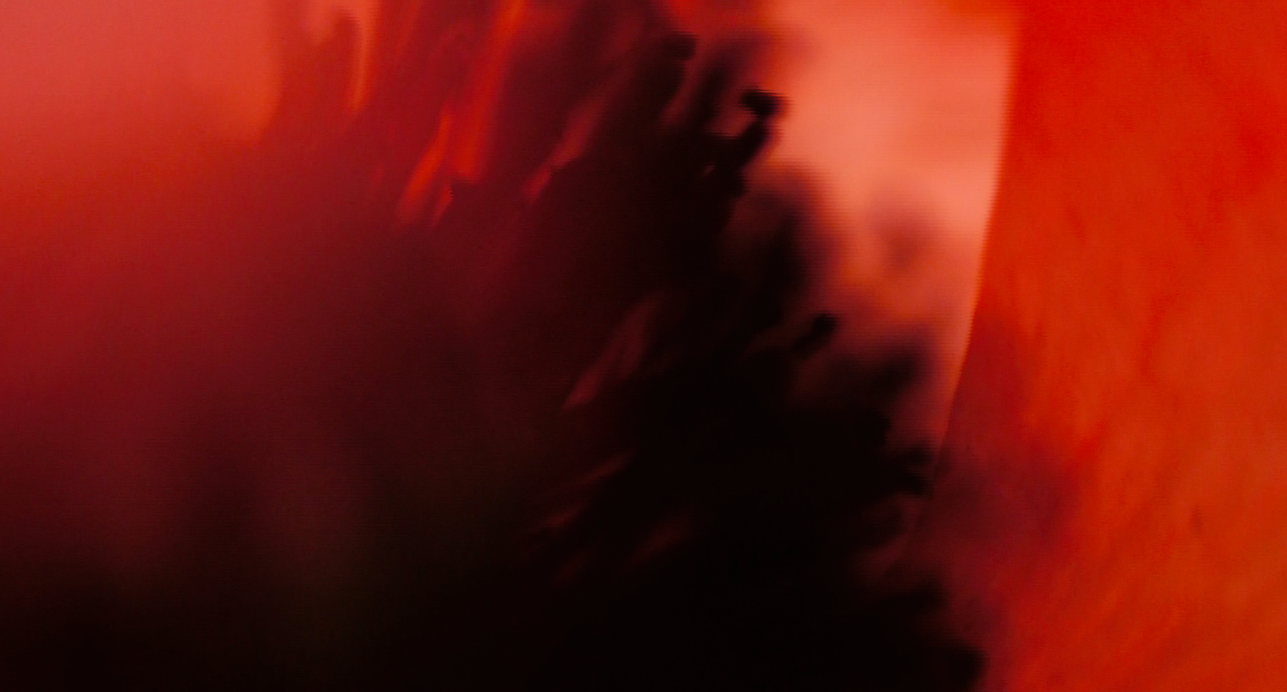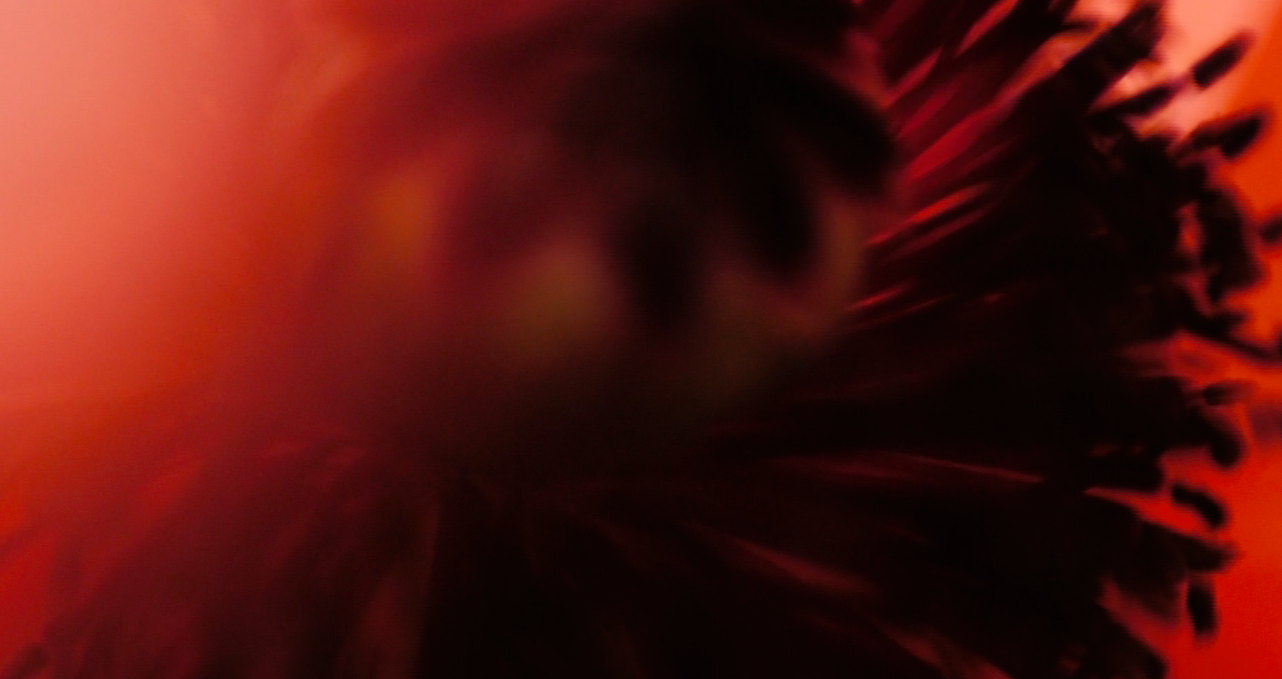July 3, 2013
Working most days on a new piece, Six Nights in Ignaz Gunther Haus. It’s about the female Jewish body in contemporary Germany, and it’s leading down a maze of questions and curiosities.
My curiosity only grows about this conflict between the female body that conforms, and the female body that is a mess, a disaster, a catastrophe. It seems the places on this earth where one sees this most clearly is at sites of violent conflict, where one kind of body was declared the ideal and the despised body marked for destruction. Growing up in the south, this unfolded in transparent daily policing of skin color, and hair texture, and any suspiciously improbable combinations of both.
In Germany, the Jewish body versus the German body is perhaps most evident in the fact that there are so very few Jewish bodies, and the ones identified here come in two forms, both nearly a century old, and neither one alive: terrified emaciated doomed near-corpses in liberation photos, or disfigured propaganda poster monsters. Somehow, in the intervening eighty years, we have disappeared from view as walking, breathing, talking, loving, dancing, speaking, crying, singing, working, sweating, living bodies.
But where are the erotics, the romanticization, the illicit sexual fetish that runs just between racism and appreciation? Attraction and repulsion, in the nether worlds of fascination. I live my life here, and I see something underneath, running underneath, half-illicit and underneath, and it is this fascination with the Jewish female body. What is it. What does it look like when it is uncontained and unrestrained? How would it feel to recontain it, to restrain it, according to the instruction manuals of bound and prone Jewish woman. Who can be the one to liberate it. Celebrate it. Embrace it. This free girl, this free woman body. Does it exist. And what does it offer. Or prevent. Allow or deny. Accuse or excuse, forgive, take in. Where are its familiar pains. Its very unfamiliar pleasures.
There are a few of you left, said someone to me recently. But only a few. Mostly in New York.
What is it like, to live in a dinosaur body? The body of a type of person who has been largely destroyed. But a few remain, as though in a zoo. It’s nobody’s fault. The snow leopard, the extinct animal – it was some greedy men with guns, old hunters, who did it. And now we file our children past their cage at the zoo, and everybody cries.
Here, now, working working working on the rehumanization. I wonder why bother, why reconstitute, why re-represent, why re-place, why re-inhabit, why go to the effort of being visible…perhaps the dinosaurs are lonely. Or is it anger? The strange komodo dragon in the rocks, who remembers when many others like it roamed with companionship. How does the dragon feel, when people are terrified yet fascinated to discover it under a bridge? And begin to tell it all the stories of when it roamed the earth, and the adventures that it once had…
Last night I had a seizure, and it’s impossible to have epilepsy less than a mile away from a hospital where only eighty years ago they gassed everyone exactly like me. I mean, it’s possible for this to happen, but it feels impossible. The sense of a very thin, fragile thread of timespace saving my life. What an odd twist of fate. I can be a disabled female Jewish body and collapse to the ground in the same space, but at a very slightly different time, and this time not end up dead. In the length of human history, eighty years is a heartbeat. Tell that to the komodo dragon in his pit.
There is not only the body we inhabit today. There are also the bodies with which we identify, the ones we could or would have inhabited in the past. The bodies that are lost, of our friends and family, lovers and longed-fors. When everything was different, before memories become a hologram. To look at paintings in a museum, or photographs, and those bodies are dead but they move inside our minds.
And the concept of “moving” is an unwieldy one at best.
The first projects I wanted to make here, three years ago, dealt with this catastrophe, this collision between a 2010 Jewish female body coming into contact with the 1940s Jewish female body. To look back not at the unreachable icons of movie posters or beauty pageant photographs but quite the contrary: stacks of dead sticks of women. Carts of pale naked skeleton women.
This time, I’ve begun making what has become known in my mind as the other side, the antidote, the presence of our bodies, alive. Is it an antidote, or a mirror?
This process of questioning brought into reflection the ways in which I’m read here – wandering through Germany in a mess of unruly black hair and an exhibition at a Jewish museum often yields wide eyed looks of curiosity and concern, and sometimes, very often, comments about the women of Klimt, and of Egon Schiele. We like these women. They are ugly but beautiful. They are awkward and angular, but erotic. They are doomed, and yet victorious. Or…they are victorious, yet doomed. Whichever seems more romantic. More museum-worthy. Resplendent, incautious pussies, rampant on a field of imminent desire. They – or do I mean, we? – are a collision of conflicts and conundrums. Whether you like to look at them, or you look like them.
And I’ve returned to them, in lieu of other icons of erotic Jewish women. Where are we? Oh, there we are, gazing out from the masses of dark flowers, and luminous gold, and we the candlelight night women have an utterly different purpose and physiognomy from the visible-on-every-streetcorner ideal of maternal sun-and-blonde, white lace and blue eyes and an eager apron, a glass of beer with white froth in female form.
And so into the garden, with the night flowers, and the night women, and the dark creatures that speak of something different in a society dominated by the blue and the blonde…
Er fragt sich, wie man eine Frau liebt, eine Frau mit so vielen Toten. Sagte ich Tote? Ich meinte: Tiefen. Er fragt sich, wie ihr dunkles Haar in seinen weißen Händen, ein ganzer Knoten, Locken, hart. Wie Draht. Klimts Frau. Schieles Frau. Die Jüdin. Er fragt sich, wie es wäre, sie zu nehmen, ihren Tod, ihr Einundalles.
He wonders about loving a woman, a woman with so much death. Did I say death? I meant, depth. He wonders about her dark hair in his white hands, a whole knot of it, curled, tough. Wired. The woman of Klimt. Of Egon Schiele. The Jewess. He wonders what it would be like to take her, her death, her everything.
(Quintan Ana Wikswo, translation into German by Uljana Wolf)
To have my appearance – and that of other Jewish or “other” women in German society – compared to the paintings of male artists from a century ago…bodies that hang on a wall, lit by candles long since extinguished, in parlours filled with ghosts and old songs…how romantic…how unquestionably erotic…it can be welcome or unwelcome, it’s all in the proclivities of the participants. But where are the images of ourselves that we these women make ourselves? Where are the icons that we create? Where are the images of self and body that speak to me, of us?
I suppose that’s what I’m trying to do with this new piece. Create an iconography of body, of lost body, alive body, love body, hated body….in a void where there are no warm bodies whatsoever anymore. Except that they’re are. But they’re invisible.
Did I say they? I meant, us.
And so into the garden, with the night flowers, and the night women, and the dark creatures that speak of something different, that I know…




